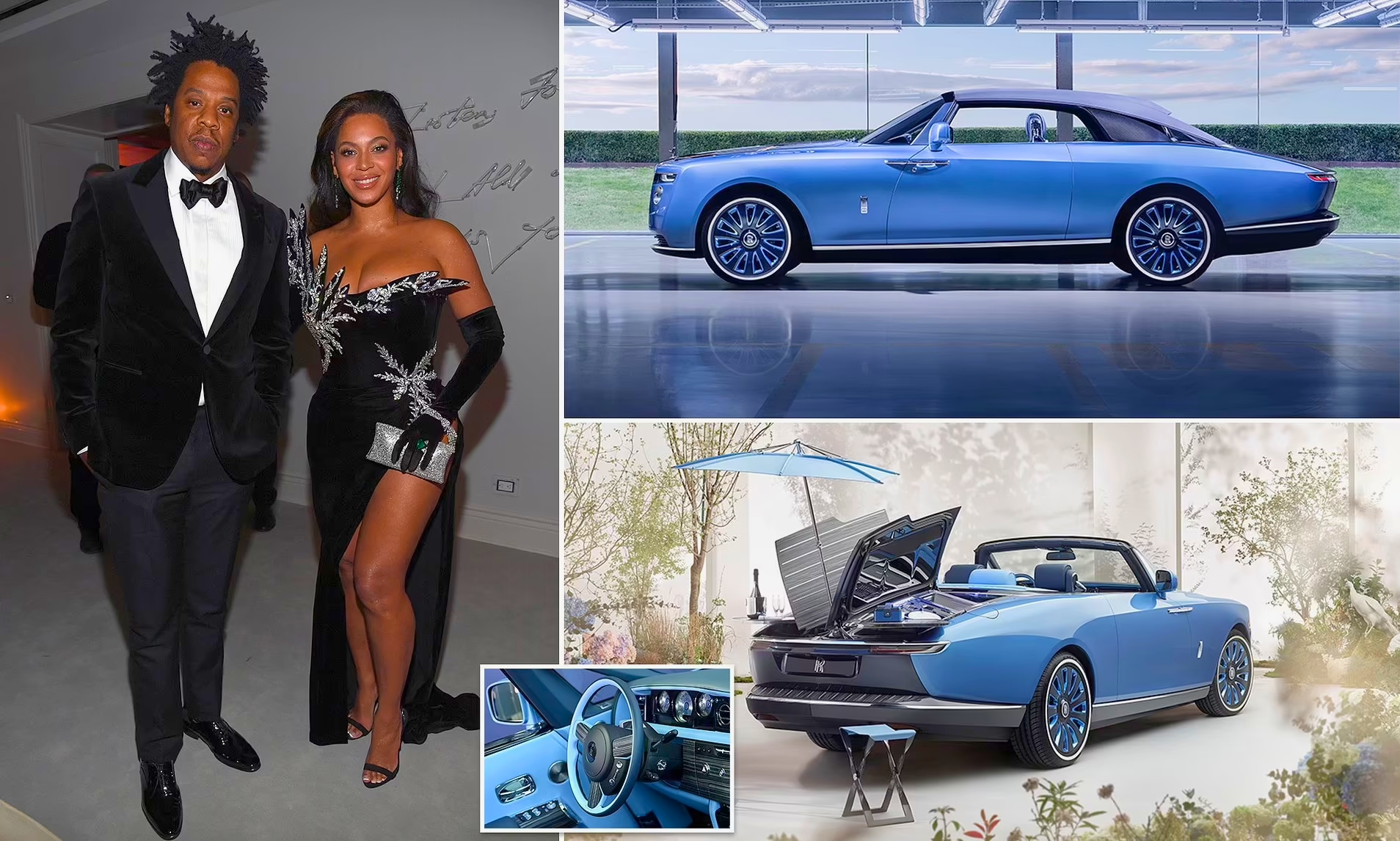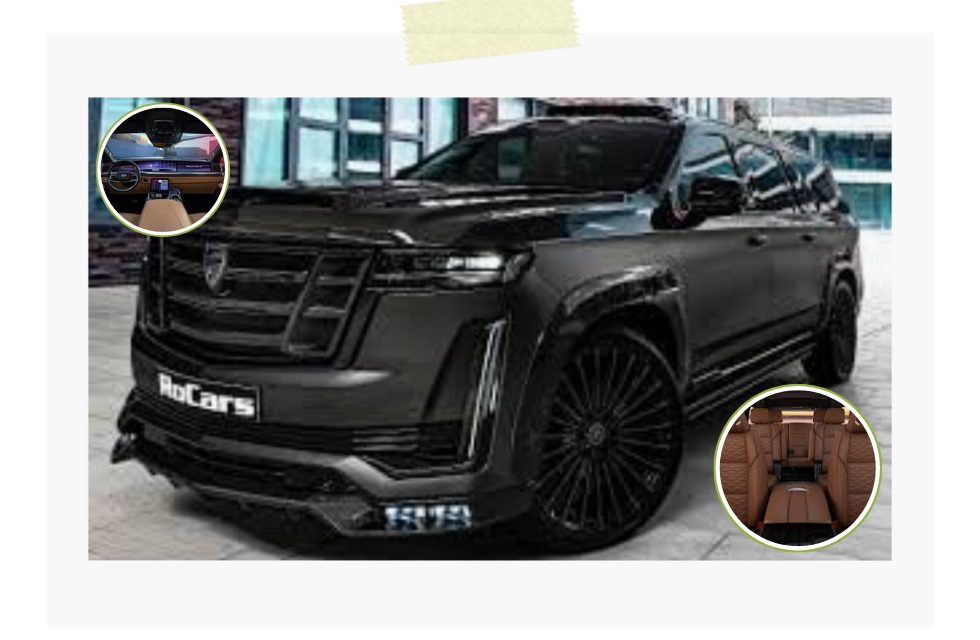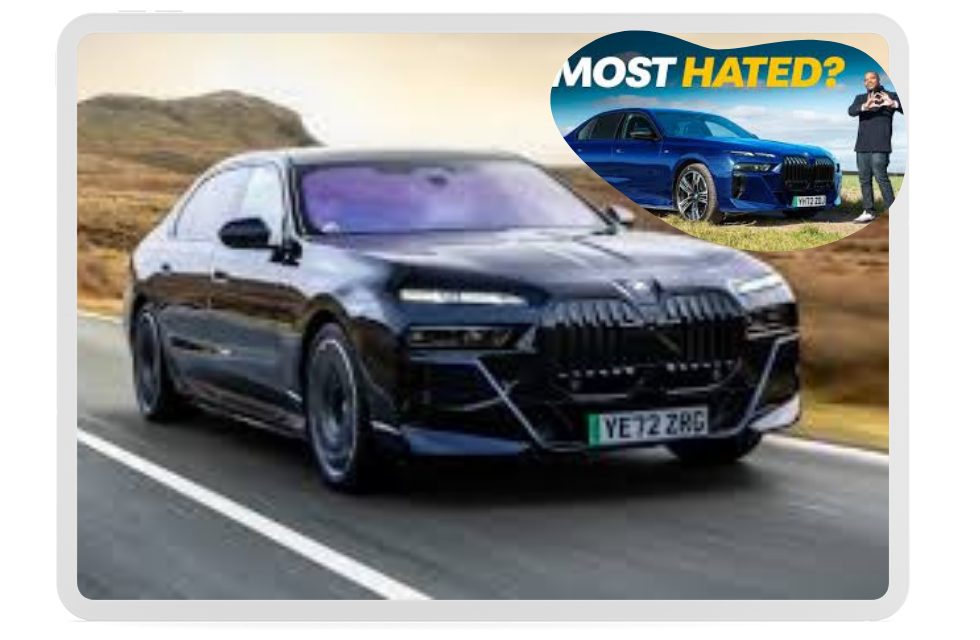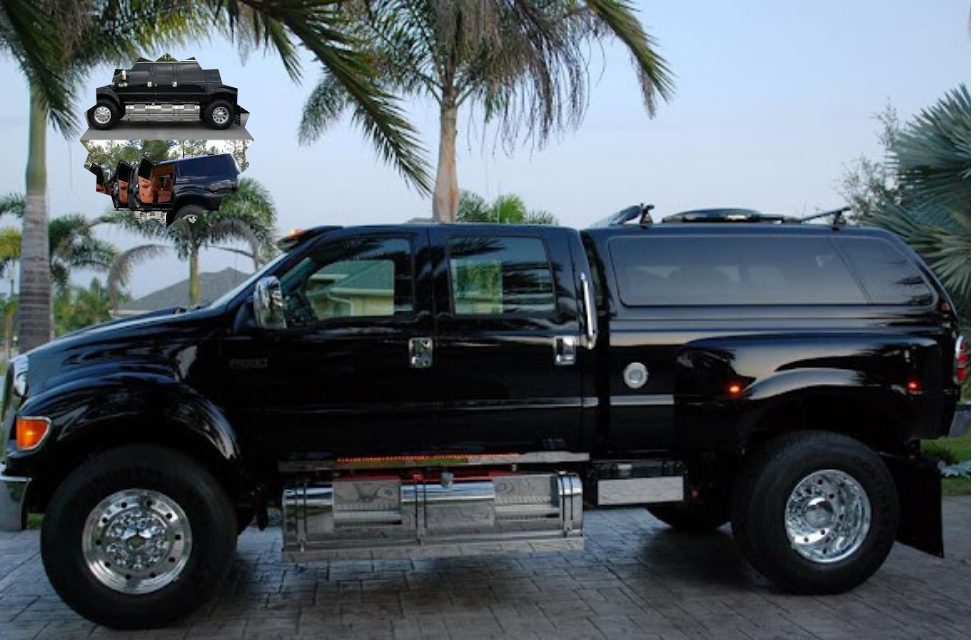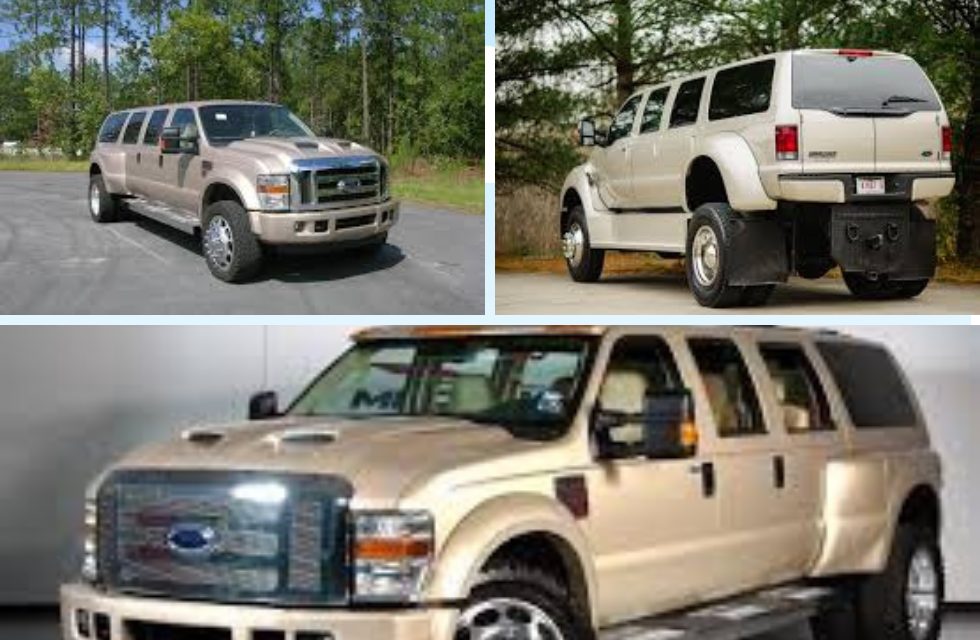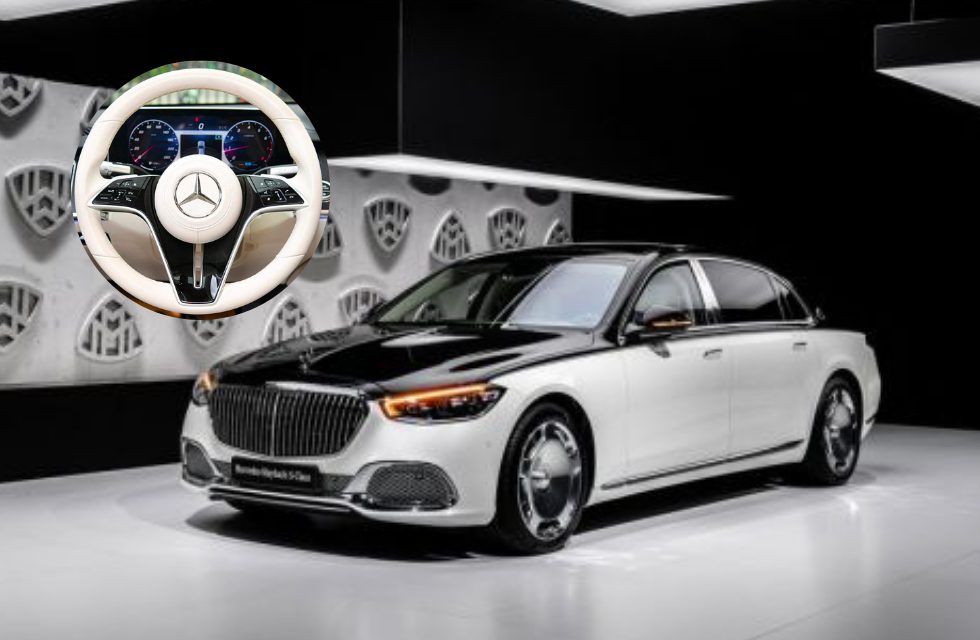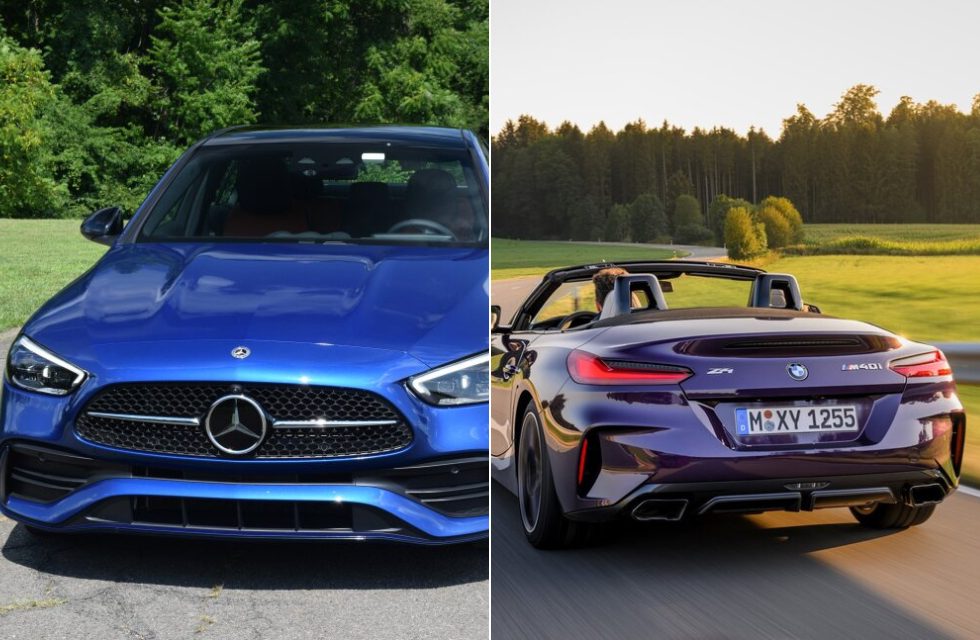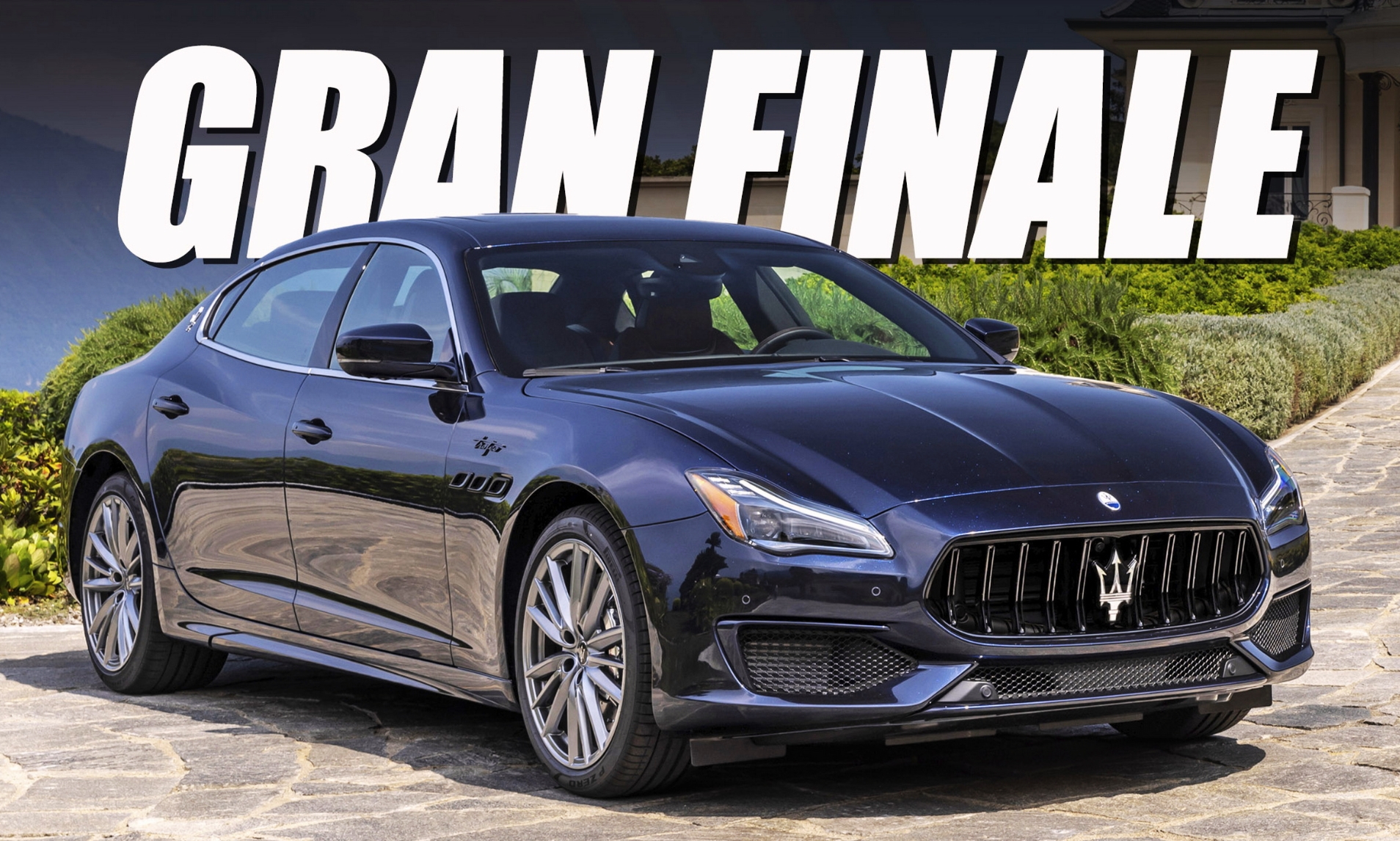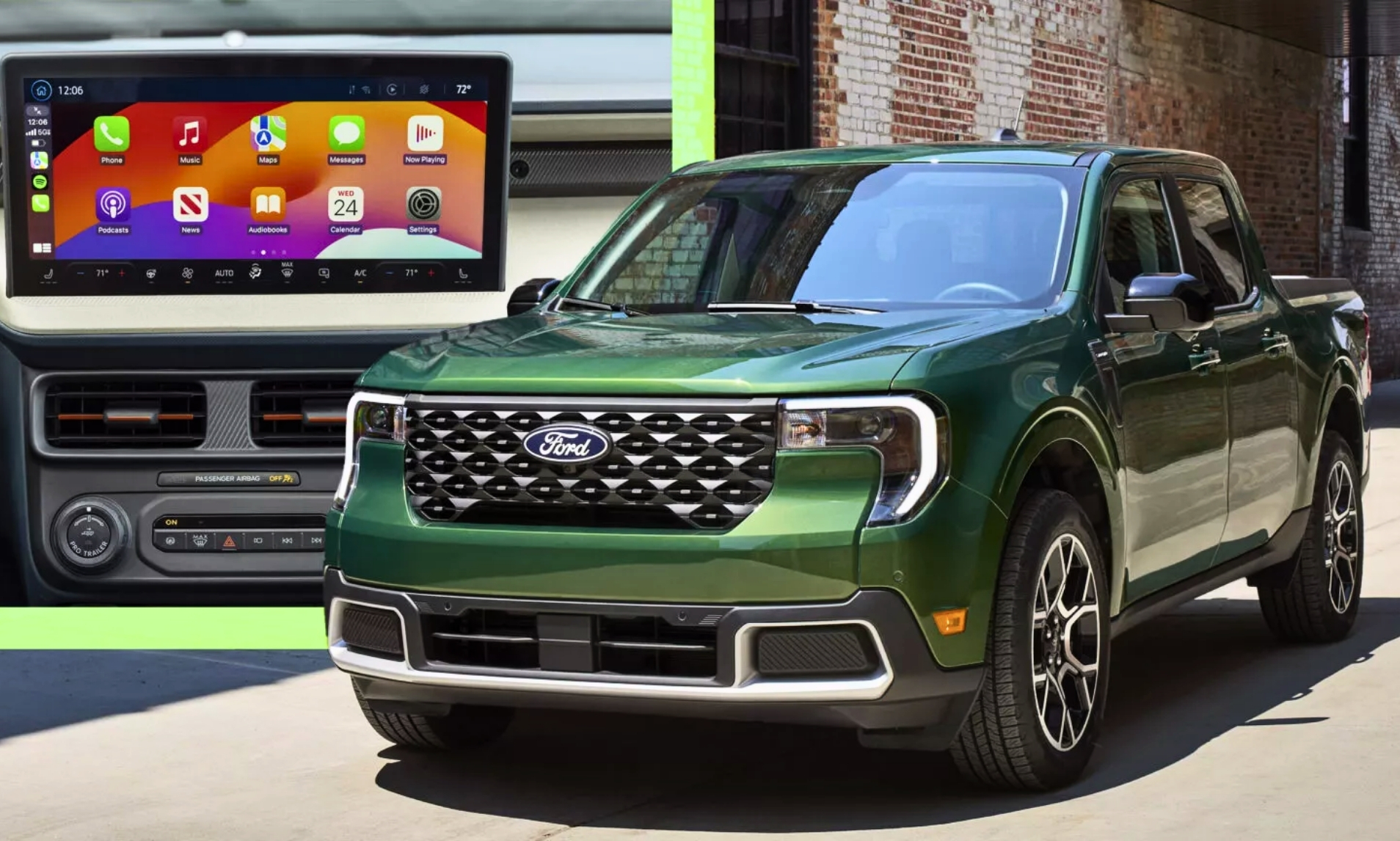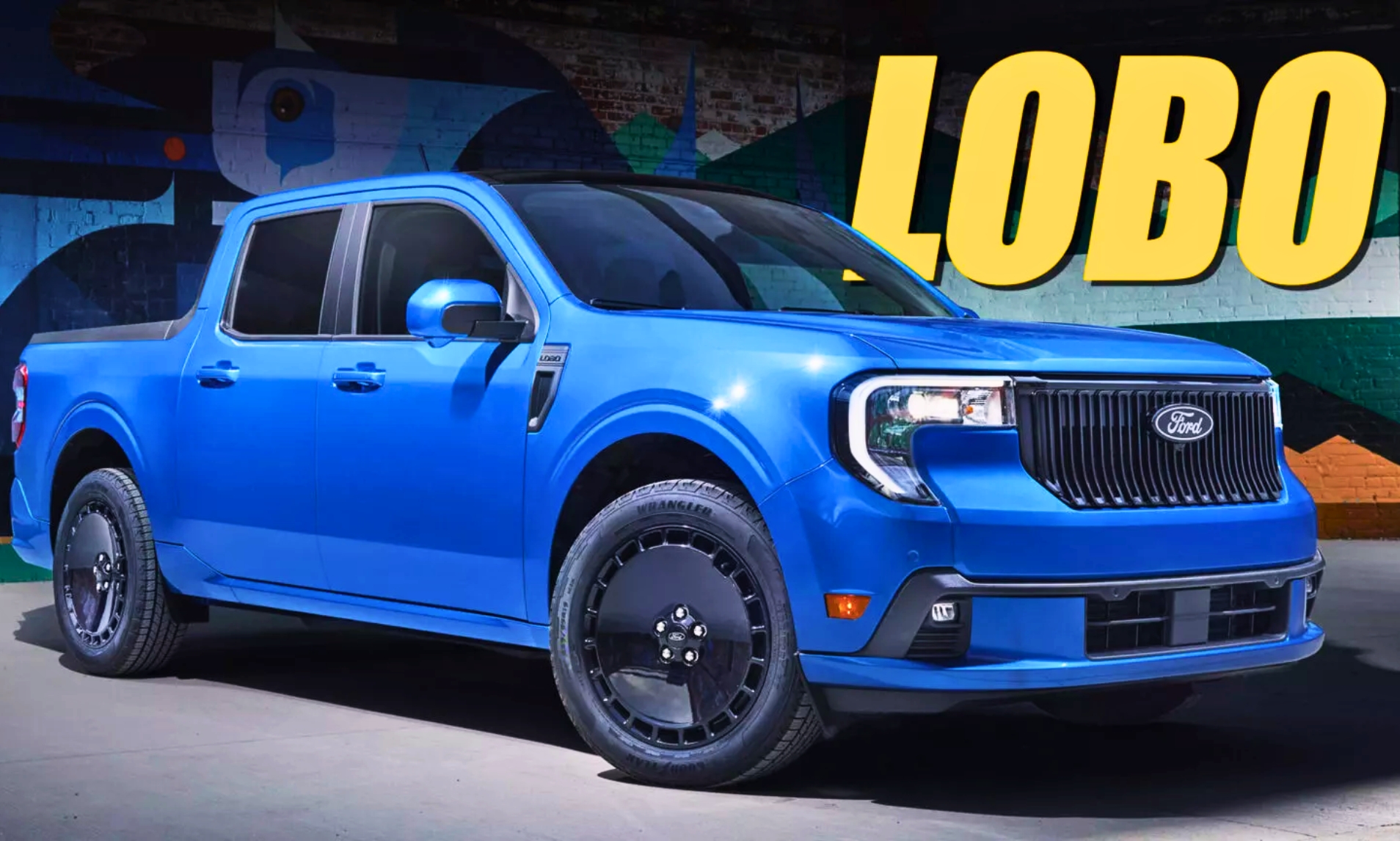Small, lightweight, and exceptionally aerodynamic, El Tiburon (the Shark, in Spanish) was a pioneering example of a 1960s American sports car that delivered performance without using a humongous V8.
Except for a few lesser-known rides, early-1960s American-built sports cars and performance-oriented versions of otherwise conventional models had one thing in common: a massive V8.
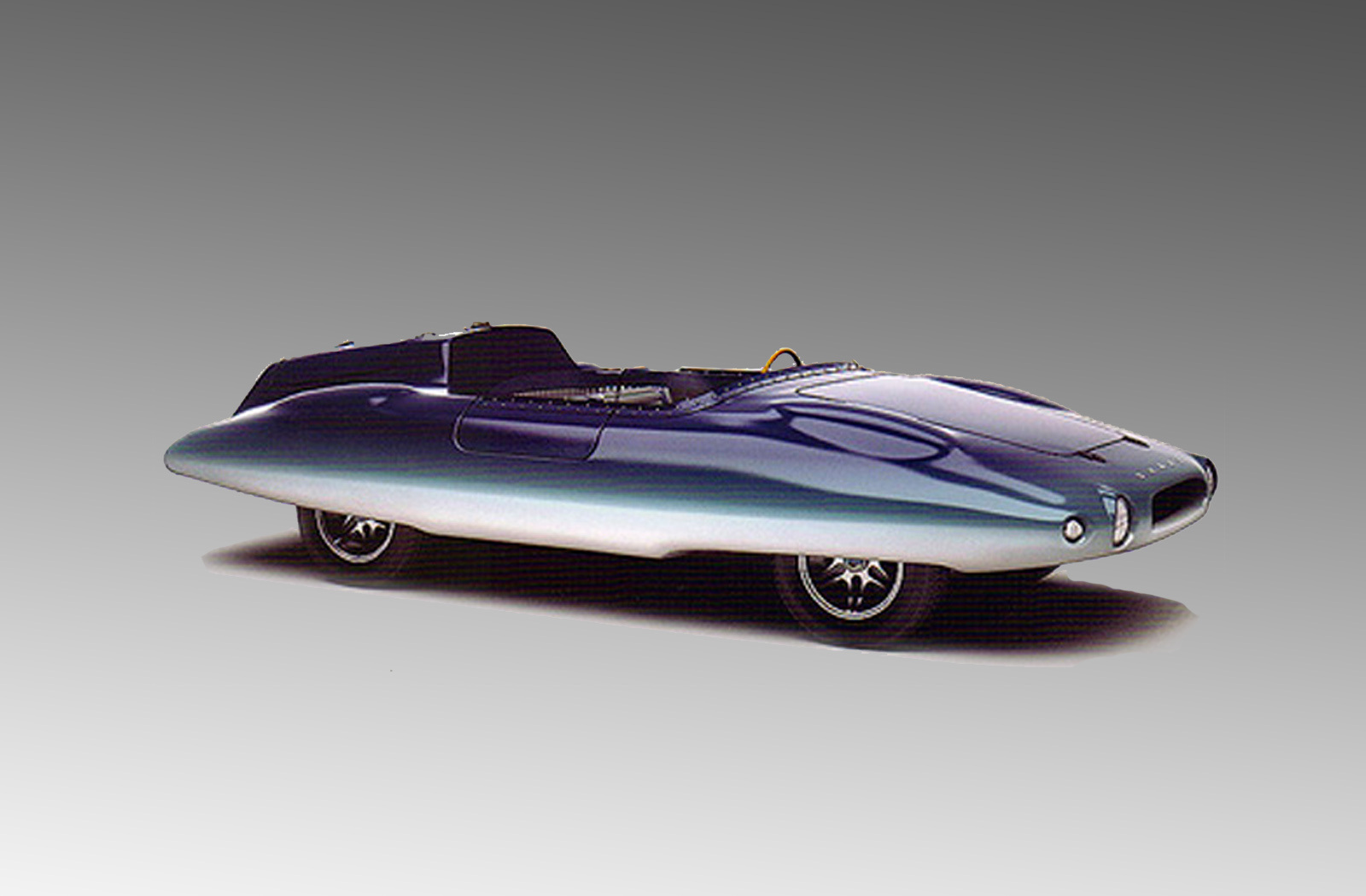
In other parts of the world, predominantly in Europe, carmakers were experimenting with different formulas that improved the performance of cars equipped with small, underpowered engines using lightweight chassis and aerodynamically-efficient bodies.
The best example of this was Colin Chapman’s legendary Lotus Seven, a small, simple, open-wheel driver’s car that initially used 1.2- or 1.3-liter four-cylinder engines yet performed like a thoroughbred sports car.
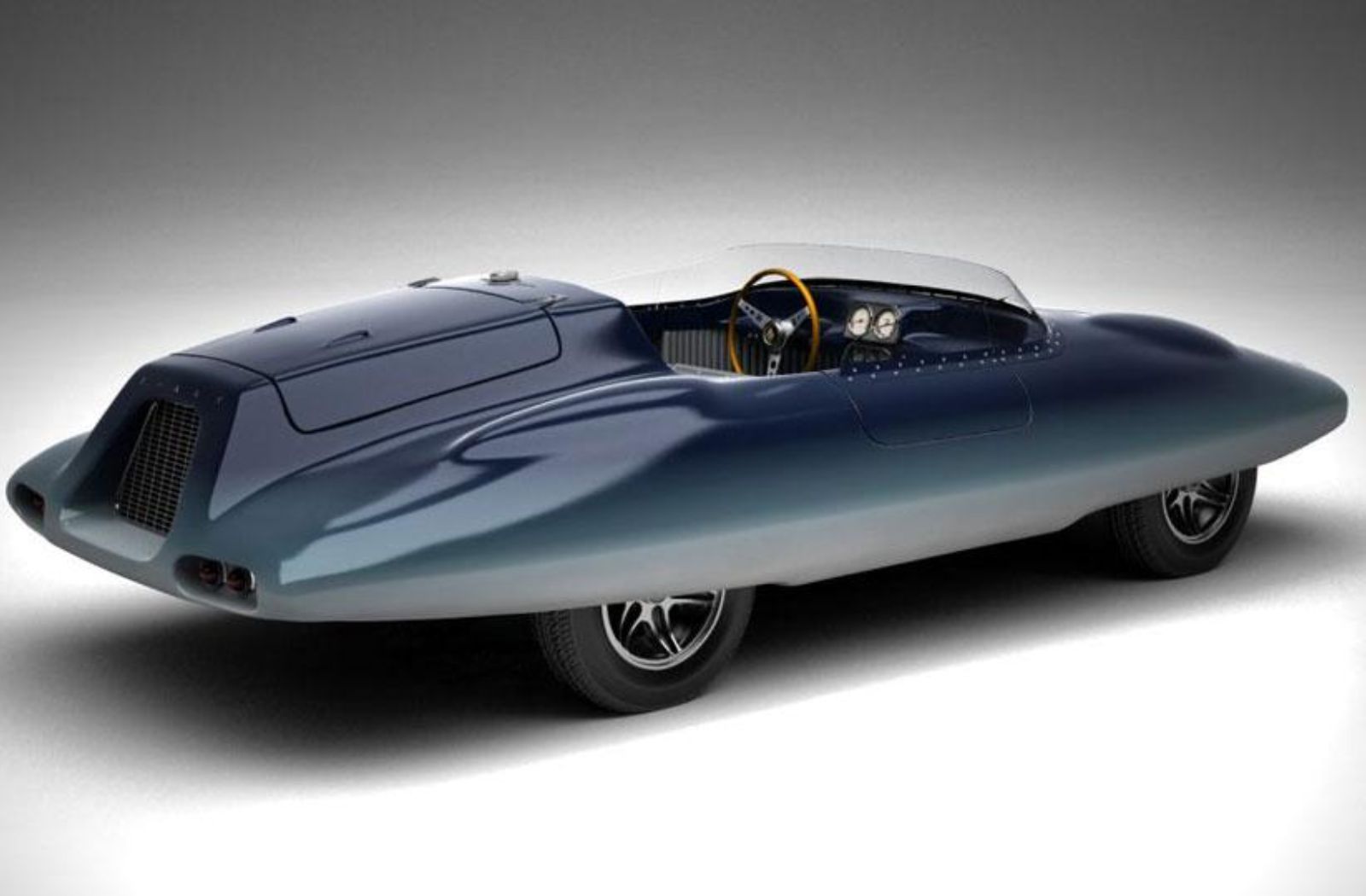
Chapman’s philosophy was shared by many other engineers and designers who created small, lightweight cars that delivered a thrilling driving experience using smaller engines and less fuel.The birth of the SharkHenry Covington and an El Tiburon PrototypePhoto: Geoffrey Hacker via Undiscovered Classics
One of the few bright minds who dismissed the “no replacement for displacement” slogan in the US was Tampa, Florida resident and industrial designer Henry Covington.
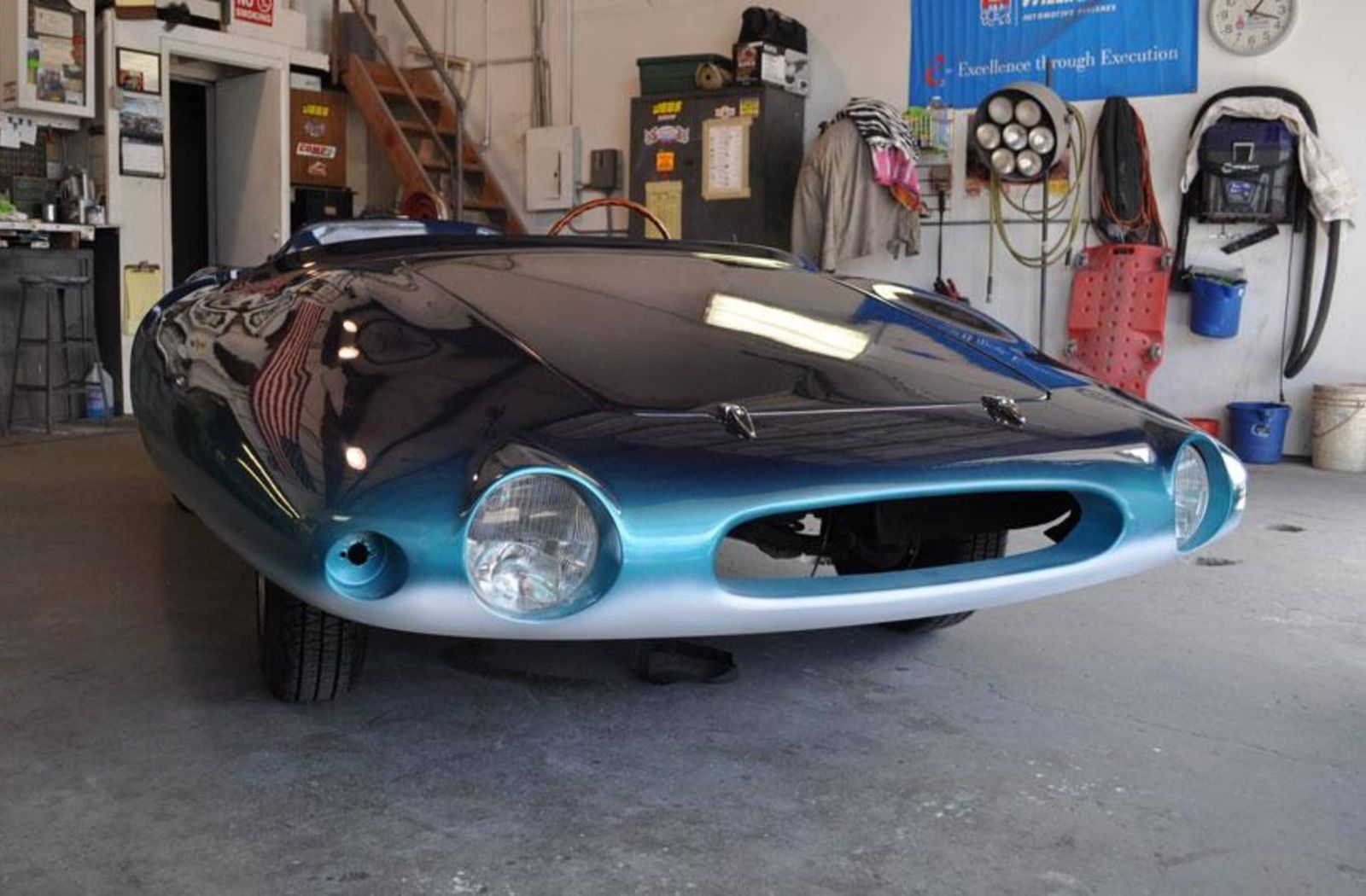
Employing the aerodynamic principles of pioneering aerodynamicist Dr. Augustus “Gus” Raspet, Covington began developing an innovative car that had the potential to revolutionize the industry.
It all started during the late-1950s, and by 1960, a fully functional prototype was born.A fiberglass spaceship on wheelsEl TiburonPhoto: Geoffrey Hacker via Undiscovered Classics
Covington built the prototype with close friend and fiberglass expert Glenn Gums. Since the objective was to create a light, streamlined, and durable body, the two friends developed no less than seventeen separate molds before the final structure was completed.
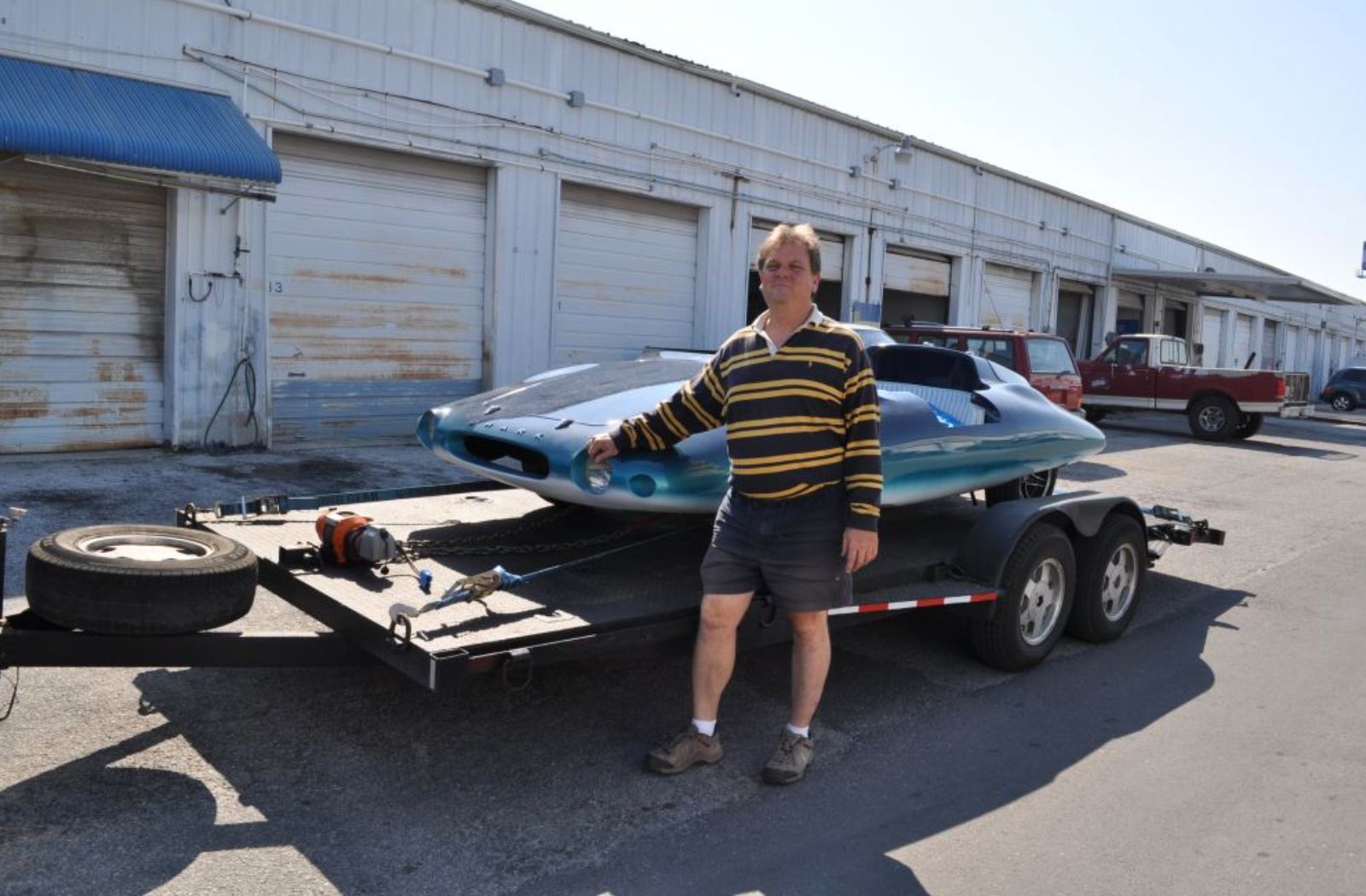
Bonded to a Renault 4CV chassis, the body was just 42.5 inches (108 cm) tall, 73 inches (185,5 cm) wide, and 159.5 inches (405 cm) long. Its streamlined shape and forward-opening, aircraft-inspired canopy made the prototype look more like a futuristic concept.
Arguably, the small two-seater’s most quirky feature was its headlights – or lack thereof. When the sun set, drivers had to take the headlights from their storage compartment located inside the cockpit and manually mount them on the car’s front end.
Named El Tiburon (Spanish for Shark), after one of the most hydrodynamically efficient creatures on the planet, the prototype that made the Chrysler New Yorker look like an aircraft carrier was powered by a rear-mounted 747 cc Renault four-cylinder that only made 17 hp. This engine was chosen because it was extremely cheap, very reliable, and, more importantly, very easy to work on – even for someone with limited mechanical knowledge.
Nevertheless, initial tests conducted by Covington resulted in a top speed of 78 mph (125.5 kph) – a 30% increase over the Renault 2CV it was based on. But, even more impressive, it was easy and thrilling to drive, particularly on a twisty road.Further development and plans for series productionEl TiburonPhoto: Geoffrey Hacker via Undiscovered Classics
Over the next year, Covington and Gums perfected the design, improved performance to 45 hp using a custom Renault Dauphine Ventoux inline-four, and achieved a top speed of 122 mph (194 kph).
By this time, popular automotive publications like Hot Rod, Road & Track, Mechanix Illustrated, and Popular Mechanics tested the Shark and praised its road manners in several cover stories.
The publicity helped the two friends receive orders from interested customers, so five more closed-cockpit units were built.
They also devised a plan for a production run, enabling potential buyers to choose from several chassis and powertrain options, including the standard Renault Dauphine, a cheaper VW Beetle combo, or a Porsche 356 for those who wanted the fastest, most powerful Shark.
Unfortunately, the project was dealt a significant blow in early-1962 when the 38-year-old Covington suddenly passed away.
El Tiburon was kept alive by Covington’s close friend and co-developer, who designed a new roadster version with incorporated headlights and conventional doors, but over the next four years, only five of these units were built. Eventually, the lack of funds and demand ended the project in 1965.El Tiburon’s legacy in the 21st century
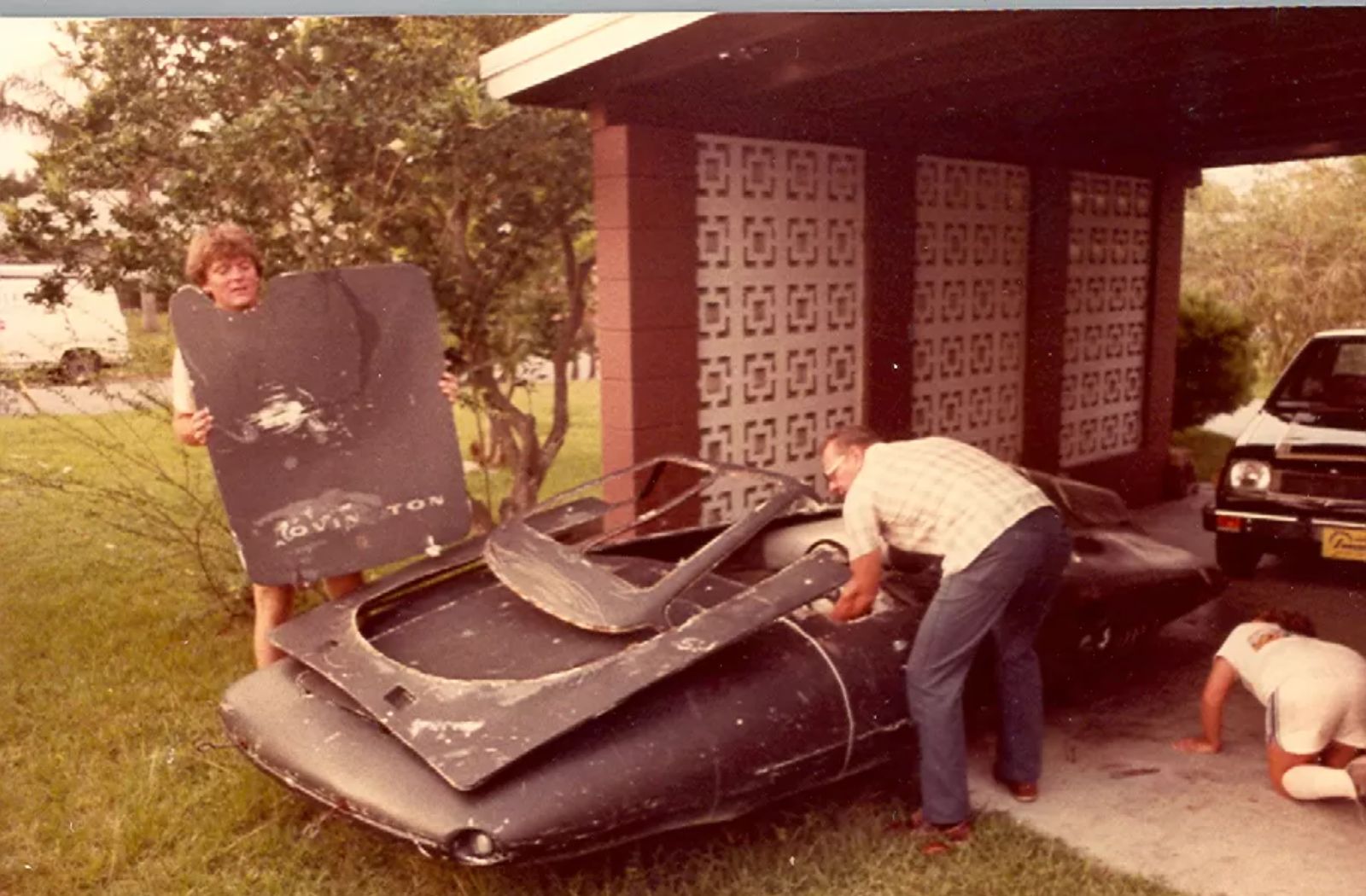
El TiburonPhoto: Geoffrey Hacker via Undiscovered Classics
Though it was far too extravagant and impractical to make it as a mass-produced vehicle, Covington’s El Tiburon ultimately proved that a lightweight, aerodynamically-efficient sports car didn’t need a massive engine to be fast.
Though few enthusiasts know this fascinating car existed and received significant press coverage during the early-1960s, it remains one of the most fascinating fiberglass cars ever built in the US.
It’s unclear how many of the eleven Sharks built by Covington and Gums are still around today. However, a 1961 Porsche 356-based coupe and a 1962 Renault-based roadster have popped up at classic car events in recent years.
The latter, owned by renowned fiberglass car collector Geoffrey Hacker, underwent a thorough restoration process, receiving a 1971 Renault R10 powertrain and a beautiful shark-inspired paint job. It was unveiled to the public at the 2013 Amelia Island Concours d’Elegance, where it won the “What Were They Thinking?” class.
It was also featured in an episode of Jay Leno’s Garage, which you can watch below.

